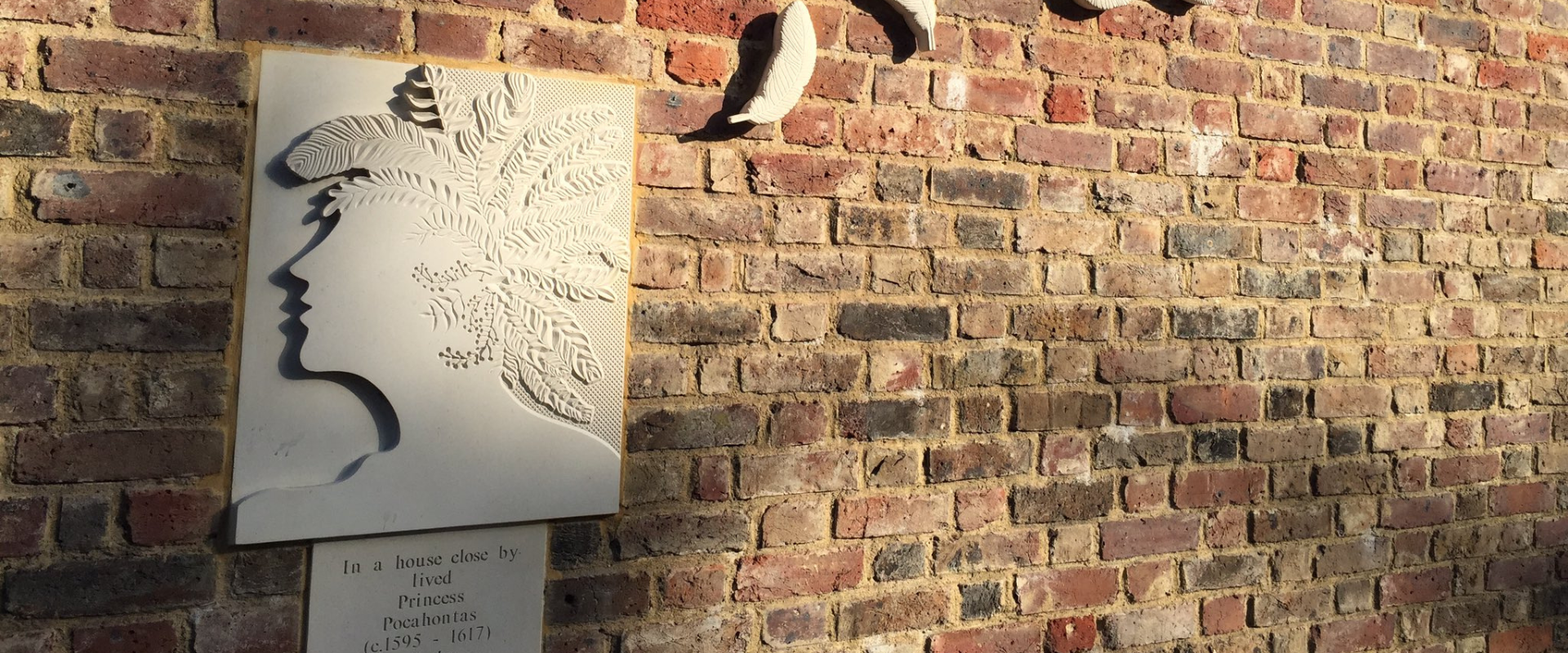
Pocahontas in Isleworth
On March 21st, 1617, Atoaka, also known as Pocahontas, passed away on a ship on the Thames River. This year marks the 400th anniversary of her passing, and to honor her legacy, a series of events have been organized by organizations and places connected to her life.
Pocahontas was a Native American princess born and raised along the banks of the James River in what is now Richmond, Virginia. Her father was Chief Powhatan, leader of a powerful Native American tribe. In 1607, the Virginia Company of London established Jamestown, the first permanent English settlement in North America. Pocahontas played a key role in preventing a war between the Native Americans and the English colonists.
In 1613, Pocahontas was captured by the English. A year later, she traveled to England with her husband, John Rolfe, and their infant son. During her stay, she met with King James I and was baptized as a Christian. While in England, she lived in a villa in the grounds of Syon House, next to the Thames in Isleworth.
Pocahontas died at the age of 22 on her way back to Virginia. She was buried in St. George’s Church in Gravesend, England.
To commemorate her life and legacy, the Thames Landscape Strategy, in partnership with the London Borough of Hounslow and Syon House, organised a series of educational activities. The main event at Syon House focused on the twin rivers of the Thames and the James. A delegation from Virginia attended the events.
At Syon House, a plaque was dedicated to Pocahontas, marking her short stay at the estate.
What caused Pocahontas' death?
The cause of Pocahontas’ death on March 21, 1617, is unknown. There are several theories, but none have been proven definitively.
One theory is that she contracted smallpox while in England. This is plausible because smallpox was a common disease in the 17th century, and Pocahontas would have been at risk of contracting it if she was exposed to it. However, there is no direct evidence to support this theory.
Another theory is that she died of tuberculosis, which is a bacterial infection that can cause fever, coughing, and weight loss. This is also a plausible theory because tuberculosis was another common disease in the 17th century, and Pocahontas’ symptoms would be consistent with tuberculosis. However, there is no direct evidence to support this theory either.
The most likely explanation is that Pocahontas died from a combination of factors, including malnutrition, stress, and the strain of travel. She would have been exposed to new foods and germs in England, which could have weakened her immune system. She would also have been under a lot of stress as she adjusted to a new culture and tried to negotiate a marriage between herself and an English colonist.
It is also possible that Pocahontas was simply unlucky and that her death was caused by a random illness or accident. In the 17th century, medicine was not as advanced as it is today, and people died from illnesses that we now consider easily preventable.
Whatever the cause of her death, Pocahontas died young and was mourned by her family and friends. She was a significant figure in the early history of Jamestown, and her legacy continues to be debated today.
Collections
-

Claudia Marchese
About the Artist Claudia Marchese is an Italian painter and designer illustrator...



